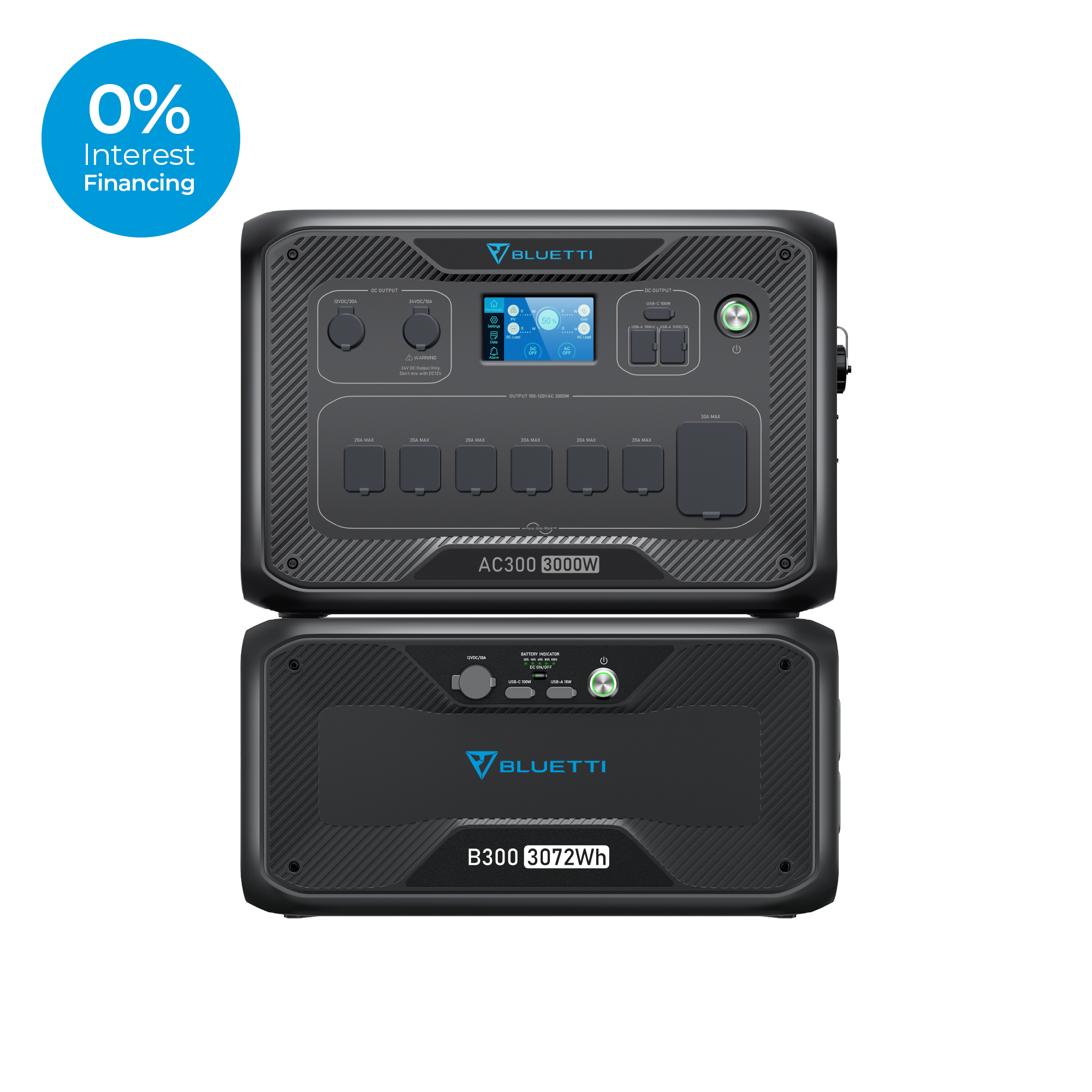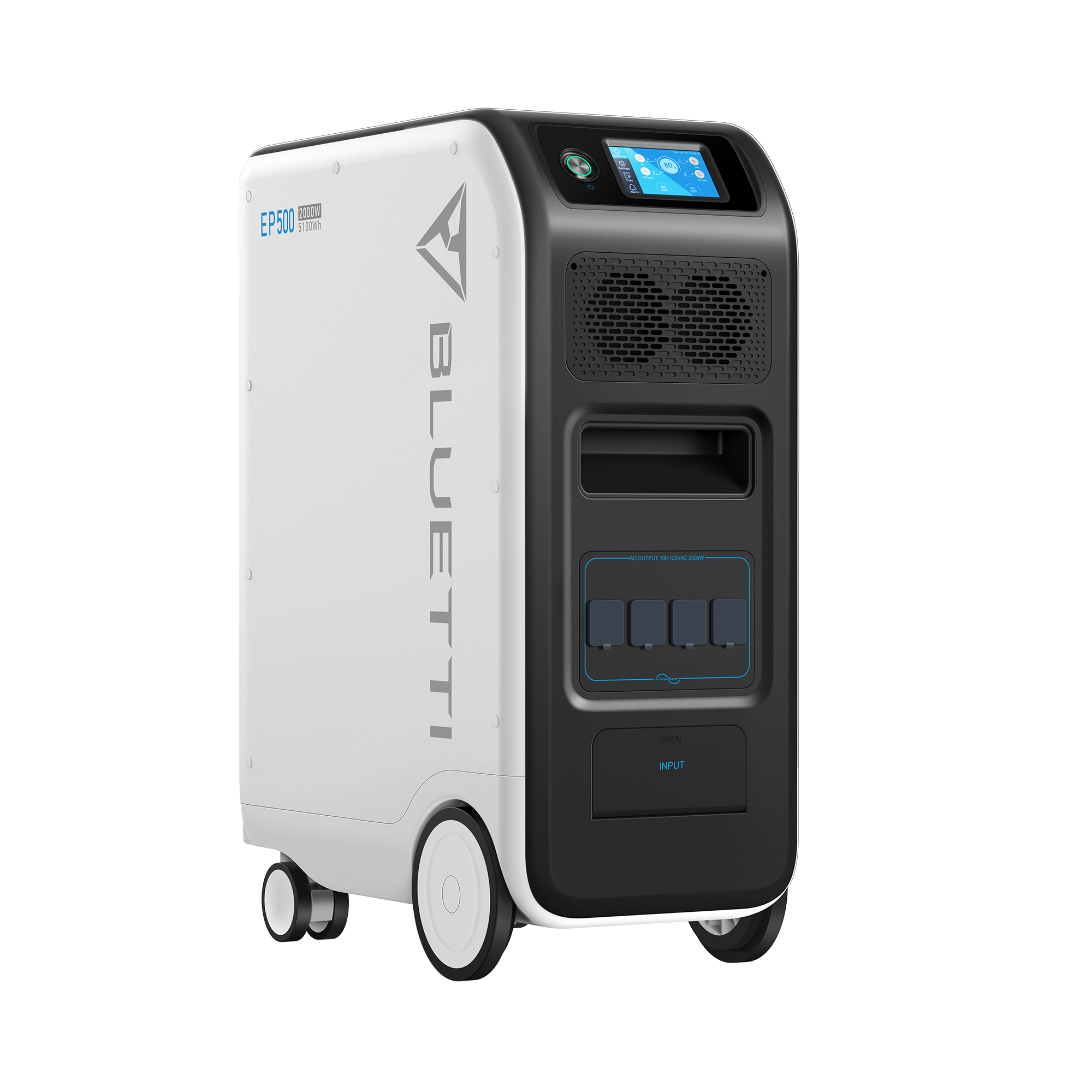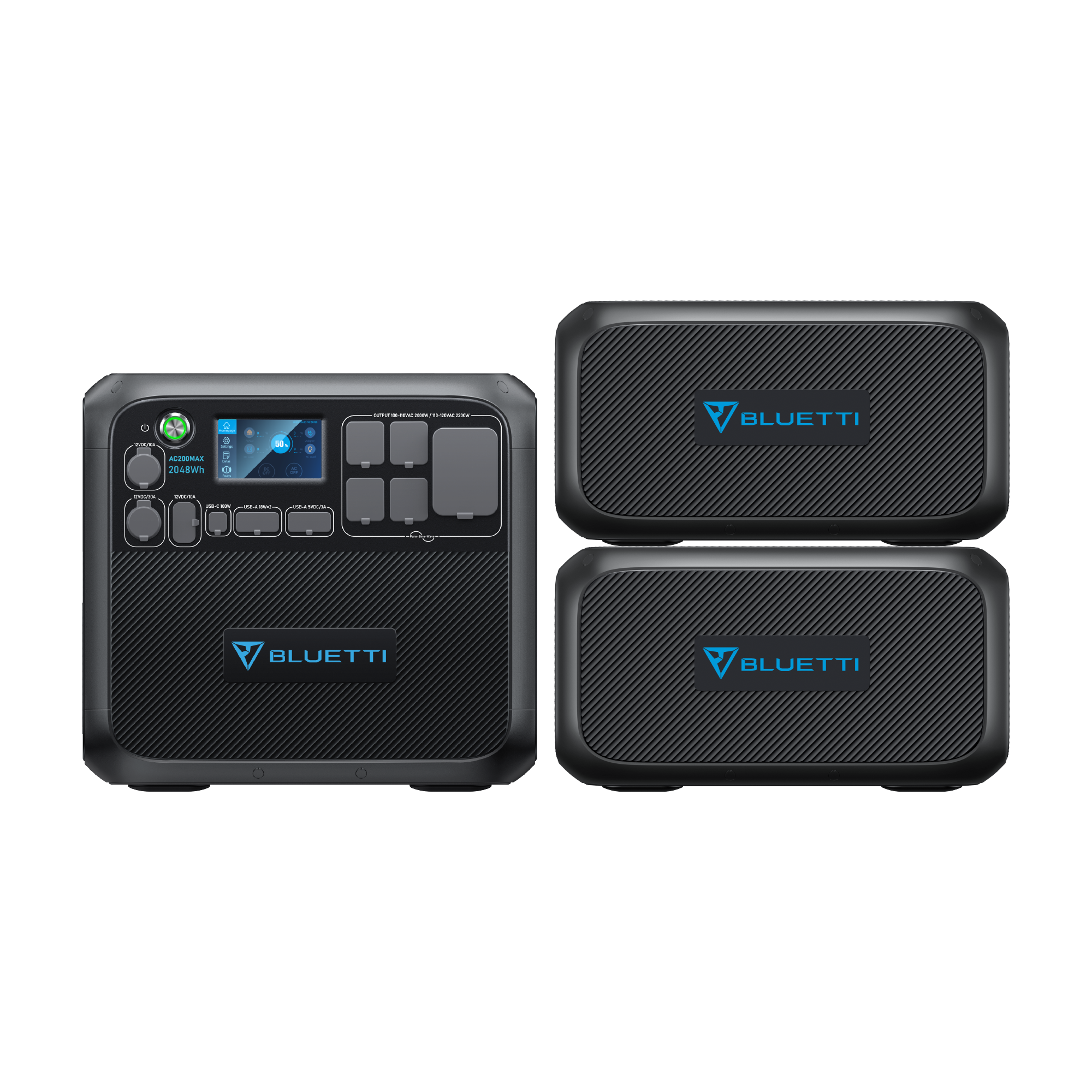Thinking of relocating to the Last Frontier? Alaska has beautiful sceneries and a different way of life, which has a different price tag. Living cost in the state of Alaska in 2024 is still a matter of interest for the travellers and would-be settlers alike. From the urban conveniences of Anchorage to the wilderness of Fairbanks, it is important to get a clear picture of the cost factor.
This blog post focuses on the costs of living including accommodation, food, medical care, and other necessities. Whether you are attracted by the allure of the Northern Lights or plan on enjoying the outdoors, wrap your head around the economic situation in Alaska and make an informed decision. Keep reading to find out!
How Much Salary Do You Need To Live In Alaska?
The average person in Anchorage spends about $4,845 per month, which is approximately $58,000 per year. Taking into account the average rent for a one-bedroom apartment in Anchorage ($1,423) we can apply a certain budgeting rule to come up with a reasonable salary for renters. The first rule of rent is that it should not be more than 30 percent of your pre-tax income, meaning you should earn $57,000 a year at most if you want to afford a $2,150 rent. However, the actual spending pattern suggests that the residents may have to spend a little more than the above figures suggest. From the living wage calculator developed by MIT, an individual requires $46,971 before taxes to provide for the necessities of life in Anchorage but doesn’t include entertainment or savings.
How Much Does It Cost to Live in Alaska?
The cost of living is right now 25.42% higher than the average U.S. city. Alaska’s living costs depend on the cities of the state. Unalaska takes the cake as the most expensive city. Here COL is 13% higher than the state average and 47% more than the rest of the U.S. Anchorage is the least costly major city as COL is 4% lower than the state average but still 24.1% higher than the national average. It is important to note that Alaskans receive an annual Permanent Fund Dividend, which helps alleviate the cost of living.
When discussing the cost of living in Alaska, you need to know Alaska is the third-least populated state in the USA in 2024. Since Anchorage has a population of nearly 40% of the state’s population, it is an ideal representation of the state’s cost of living index as a whole.
|
City |
Comparison With State Average |
Comparison With National Average |
|
Unalaska |
13% higher |
47% higher |
|
Juneau |
1% lower |
28% higher |
|
Kodiak |
3% lower |
25% higher |
|
Fairbanks |
4% lower |
24% higher |
|
Anchorage |
4% lower |
24% higher |
Cost Of Housing

Currently, the median home value according to the U. S. Census Bureau is $318,000, and the median monthly owner cost of $2,130. Although renting may seem cheaper, the lack of available rentals could make owning a home seem more attractive, particularly in the suburbs. Here, in Anchorage, a one-bedroom apartment costs $1,423 per month and a two-bedroom apartment is $1,794 per month as of May 2024.
Cost Of Utilities
There is no denying that Alaska hit extremely low temperatures, and this has a strong bearing on the utility expenses. Alaska has the slightly higher utility rates in the United States at $310. 60, compared to $253.14, including electricity, gas, water, and fuel. People living in southern cities such as Anchorage or Juneau can expect slightly more moderate conditions and perhaps even decrease their heating expenses. While Fairbanks is situated in the interior of Alaska, it experiences a more severe climate and thus incurs higher utility costs mainly for heating during the winter.
For average Alaskans, the heat is the most expensive part of their utility costs, as stated above. In addition to bundled utilities, you will also require internet and cell phone services that can cost about $121 monthly for the utility expenses.
|
Location |
Gas |
Electricity |
Fuel |
Water |
Total |
|
US |
$51.12 |
$150.93 |
$5.57 |
$45.52 |
$253.14 |
|
Alaska |
$82.50 |
$152.21 |
$38.53 |
$38.53 |
$310.60 |
Cost Of Groceries
Food expenses are the second highest in Alaska after housing. For instance, in Anchorage, a single adult uses an average of $5, 171 on food in a year which is approximately $430. 91 per month. For a family of four, spending on food increases to $15,198 annually or $1,266 per month. 50 each month.
|
Food Article |
Cost In U.S |
Cost In Anchorage |
|
Eggs |
$4.45 |
$4.12 |
|
Sugar |
$4.86 |
$4.09 |
|
Coffee |
$7.18 |
$5.86 |
|
Orange Juice |
$5.31 |
$4.48 |
|
Bread |
$5.35 |
$3.97 |
|
Bananas |
$0.99 |
$0.71 |
|
Soft Drink |
$3.06 |
$2.78 |
|
Cooking Oil |
$8.76 |
$7.22 |
|
Detergent |
$22.54 |
$19.62 |
|
Frozen Meal |
$4.83 |
$3.74 |
|
Frozen Corn |
$1.98 |
$1.82 |
|
Lettuce |
$2.37 |
$1.93 |
|
Potato Chips |
$4.71 |
$3.93 |
|
Potatoes |
$5.98 |
$4.95 |
|
Steak |
$16 |
$13.86 |
|
Fried Chicken |
$2.45 |
$1.57 |
|
Whole Milk |
$5.09 |
$4.68 |
Cost Of Transportation
Although public transportation is available in Alaska, the majority of the population uses their cars to commute. Anchorage for instance, has more than 90% of the population using cars in their daily trips hence incurring high transportation costs. The data from MIT indicates that a single person incurs an average of $4,938 on transport in a year while a family of four with two children spends roughly $13,456 on transport in the same year.
For those who want to cut on the traveling expenses, Anchorage has options. The RideShare Program is a vanpooling system that offers the residents a chance to share a ride depending on the distance they commute, the price being the determining factor. Additionally, the bus service offers affordable options: $2 for one way, $60 for a monthly pass, or $660 for yearly pass. Public transportation has a large cost advantage when compared to the average of $5000 that is spent on personal vehicles.
Cost Of Healthcare
Costs of healthcare for an individual in Alaska is approximately $3218 per year, and for a family of four it is $9330 per year.
Your healthcare may require the basic check-up once a year or frequent visits, which means that it is important to find an affordable health insurance plan for your family. The federal Healthcare Marketplace is an excellent starting point for locating plans that offer coverage in Alaska. Furthermore, many centers in the state are public health centers, where charges are relatively low and are charged depending on the size of the family and income. These centers make it easier for people to deal with the costs of their medical care.
Cost Of Fitness
It is easy to maintain fitness in Alaska due to the beautiful sceneries and long days in some parts of the year. If jogging, walking, cycling or even roller blading is on your daily exercise plan, Alaska will not disappoint as it has a beautiful environment.
For people who are comfortable exercising in groups or indoors, there are gym memberships but they may cost you. Here's a look at the annual cost for gym memberships in different Alaskan cities:
- Juneau: $90
- Anchorage: $74. 75
- Fairbanks: $73. 75
Whether you are into hiking, camping, fishing or prefer going to a gym, Alaska will not disappoint you as it provides numerous opportunities for an active lifestyle.
How To Control Living Cost In Alaska?
Controlling the cost of living in Alaska is a matter of making the right choices and not being wasteful. A highly effective strategy is to invest in BLUETTI solar generators. Due to the high utility costs in Alaska and long days in some parts of the year, BLUETTI’s solar generators are beneficial in saving on electricity costs. These generators use solar power to generate clean electricity that is constant, thus enabling you to minimize your electricity bills. Following are our top recommendations for you:
BLUETTI AC300 + B300
To the residents of Alaska, where heavy snow and expensive electricity tariffs prevail, the BLUETTI AC300 is a perfect fit. This solar generator is completely expandable, it can hold up to 4 B300 battery packs with each pack having 3072Wh, giving this model a total capacity of 12288Wh, making it the most powerful model for backup power supply. The AC300 has a 3,000W AC pure sine wave inverter with 6,000W surge capacity, and the LiFePO4 battery has more than 3,500 charge/discharge cycles to 80%. Some of the main features include 240V split phase bonding and 24/7 UPS home backup to guarantee power reliability. It also offers seven replenishment choices, such as AC, solar, car, generator, lead-acid battery, dual AC, and AC+solar, with a maximum of 2400W solar input and the max fast dual charging of 5400W.
BLUETTI EP500
The BLUETTI EP500, with a large 5100Wh LiFePO4 battery pack and a 2000W pure sine wave AC inverter, is ideal for cutting down living costs in Alaska. This powerful generator can power an entire household in the event of a blackout, power a family camping trip and run cabins workshops. Its battery has a very long lifespan of over 6000 charge cycles to ensure that the product is very useful. EP500 provides multiple power solutions, including in-grid and flexible UPS applications as well as off-grid energy storage. It can accommodate multiple devices at once and has a smart touch panel and mobile application for convenient control. The EP500 has many features that make it very convenient to use, such as the ability to recharge it in different ways, and this makes it very useful in avoiding high utility bills and also in ensuring that you have a steady supply of power.
BLUETTI AC200MAX
The BLUETTI AC200MAX is a portable power station with expandable features which can help to cut living expenses dramatically, especially in areas where high power consumption is expected, such as Alaska. Equipped with a 2,200W pure sine wave inverter and a 2,048Wh LiFePO4 battery, you can be assured of stable power supply for your home. It can be extended up to 6,144 watt-hours with two B230 modules or up to 8,192 watt-hours with two B300 modules for more energy demands. It has seven recharging methods; solar, and dual AC, making it versatile and easy to recharge. It has a maximum of 900W solar input and 1,300W fast dual charging, making it very efficient and affordable. Smart control by using the BLUETTI application increases convenience and makes it a worthwhile purchase for saving on electricity costs and having a renewable energy source.
Final Thoughts
Before making a decision on whether you should move to Alaska or not, you must weigh the pros and cons. The breathtaking views and gorgeous sceneries are uncomparable but these natural gifts have their own prices. In the end, it all boils down to your pocket and your preference.










































































